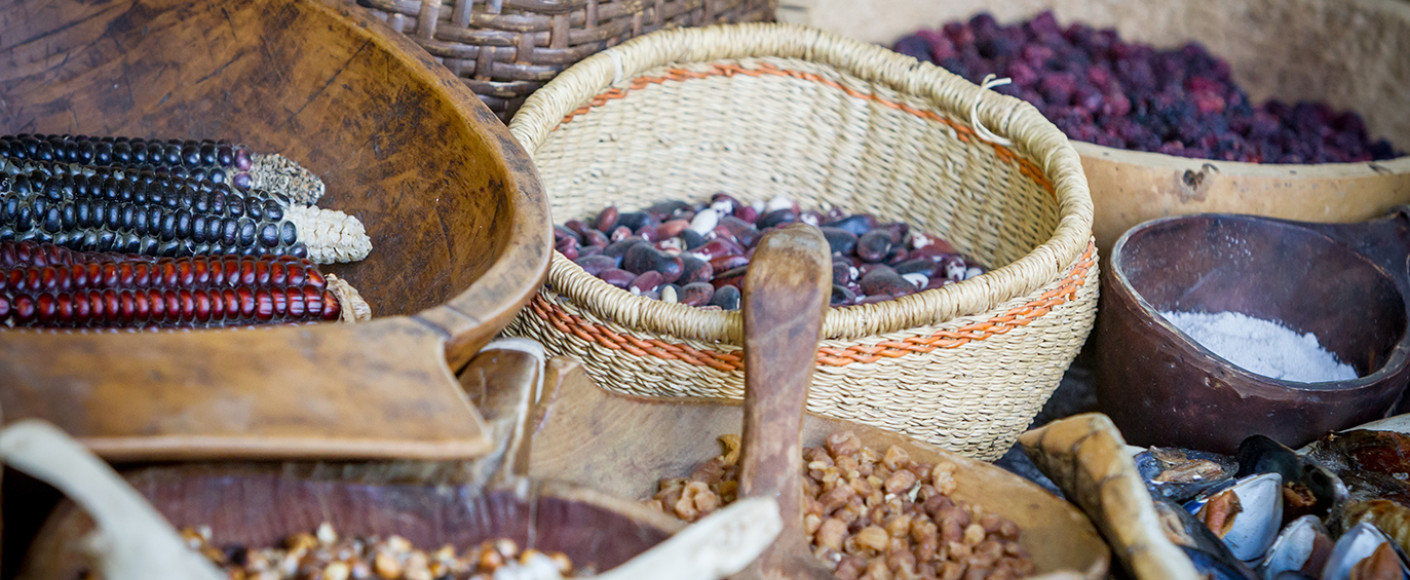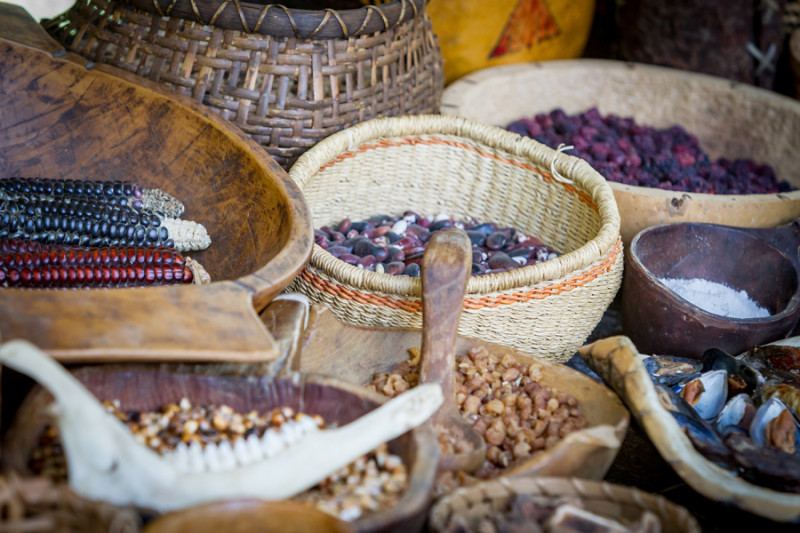Surprising Foods Served (and Missing Dishes) at the First Thanksgiving
Since the historic meal in 1621, Thanksgiving traditions have changed and evolved with American culture. From turkey and stuffing to potatoes and pies, we know what dishes to expect at our holiday tables today, but you might be surprised to learn what foods the Pilgrims and Wampanoag brought to the table and what didn’t make the cut.
More Meat than Just Turkey
Although turkey is now the iconic mascot of the holiday, venison would have been a predominant presence at the meal. According to a letter by English governor Edward Winslow, the Wampanoag hunted five deer and presented them to Pilgrim leaders ahead of the occasion.
Winslow’s letter does mention that the Pilgrims hunted wild turkeys, but they likely weren’t the only wildfowl at the table. Geese, ducks and possibly even swans would have been boiled, spit-roasted or both. Rather than the bread stuffing we know today, the birds were stuffed with onions and herbs.
If bread was present at the meal, it was likely made from corn flour since the Wampanoag grew and cultivated flint corn, also known as multicolored Indian corn. This corn grain was also used to make porridge or added to broth to make a thick soup called pottage.
Historians suggest it’s even possible the now-extinct passenger pigeon was spit-roasted for the meal. The species died out over a century ago, but in the 1620s they would have been a remarkably common source of protein around Plymouth Colony.
Because the Pilgrim settlement sat along what is now known as Plymouth Bay and Cape Cod Bay, seafood would have been a likely addition to the meal. Fish and eels would have been smoked, and shellfish — such as lobsters, clams and mussels — would have been trapped and dried.
A Homegrown Wampanoag Harvest
The Wampanoag of 1621 harvested chestnuts, walnuts and beechnuts from the local forests, and they grew beans, squashes and pumpkins in addition to flint corn. Coming from the Wampanoag word msíckquatash, historians agree that succotash — a hearty dish made from beans, corn and squash— was likely served at the historic meal. Pumpkin pie, on the other hand, would not have been on the menu since the Pilgrims didn’t have access to butter or wheat flour to make pie crusts or other pastries.
The Pilgrims also learned farming practices from the Wampanoag, allowing them to grow native crops. The English colonists then used these skills to build and develop their own gardens throughout 1620 and 1621. Although what was grown in those gardens isn’t mentioned by name in historical documents, later sources suggest turnips, carrots, onions and garlic might have been available to cook with and eat for the first Thanksgiving meal.
Oddly enough, a few contemporary Thanksgiving powerhouses didn’t make an appearance at the original holiday table. Neither white potatoes nor sweet potatoes had yet been brought to North America from South and Central America, respectively. And although cranberries may have been available to Pilgrims, the first evidence of any English settler boiling cranberries and sugar into a sauce would not come for another 50 years.
An Ever-Evolving Tradition
Although traditional Thanksgiving dishes may seem fundamental and enduring, it’s clear the combination of our available resources and culinary expectations have continually changed the layout of our holiday tables throughout the centuries. Whether you prefer a modern Thanksgiving meal or a traditional colonial feast, we hope you’re thankful for the variety of delicious foods that make the holiday all the more fulfilling.





